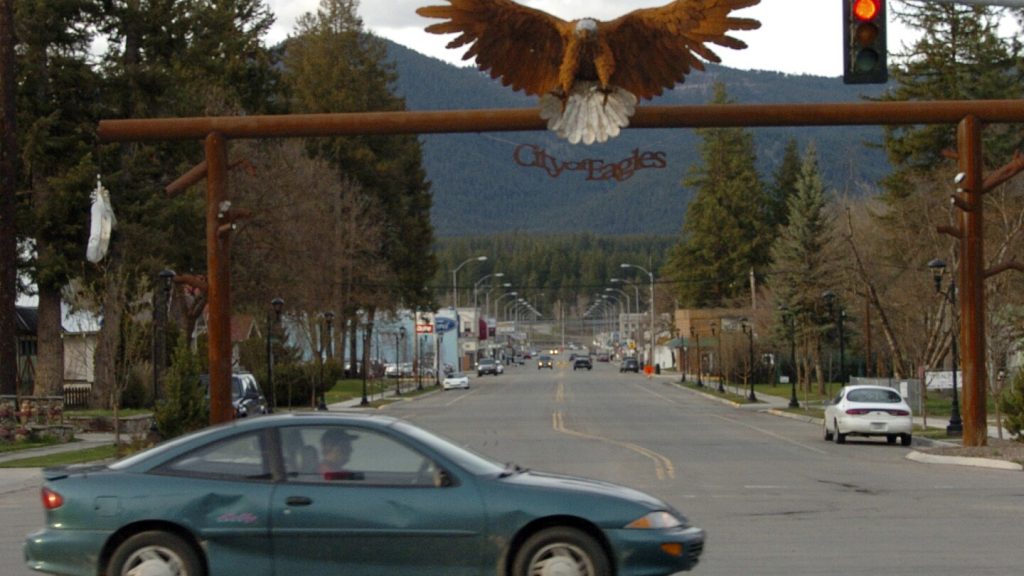BNSF Railway attorneys are expected to argue before jurors that the railroad should not be held liable for the lung cancer deaths of two former residents of an asbestos-contaminated Montana town. The attorneys claim that the railroad’s corporate predecessors were not aware that the vermiculite they hauled from a nearby mine was filled with hazardous microscopic asbestos fibers. This case in federal civil court is the first of many lawsuits against the Texas-based railroad corporation related to its past operations in Libby, Montana, one of the deadliest sites in the federal Superfund pollution program. Current and former residents of the town near the U.S.-Canada border are seeking accountability from BNSF for its alleged role in exposing them to asbestos, which health officials say has killed hundreds and sickened thousands.
The role of W.R. Grace & Co., a chemical company that operated a vermiculite mine outside of Libby until 1990, is a central issue in the BNSF trial. The Maryland-based company has already paid significant settlements to victims of the asbestos contamination in Libby. U.S. District Court Judge Brian Morris has emphasized that the trial is about the railroad’s conduct, not W.R. Grace’s separate liability. The differences in what W.R. Grace revealed to BNSF and its predecessors about the health hazards of asbestos have been debated in court. BNSF claims that it was required by law to transport the vermiculite and employees of W.R. Grace concealed the health risks from them.
Former railroad workers have testified that they were unaware of the risks associated with asbestos and that W.R. Grace employees were responsible for loading and handling the vermiculite. They claim that they did not know about the dangers of asbestos until news reports surfaced in 1999 about deaths and illnesses among mine workers and their families. The estates of the deceased plaintiffs argue that BNSF should have known about the risks due to warning signs placed on rail cars carrying vermiculite by W.R. Grace. Attorneys for the plaintiffs also argue that BNSF higher-ups should have been aware of the dangers as conferences dating back to the 1930s discussed dust diseases like asbestosis.
The Environmental Protection Agency intervened in Libby after news reports in 1999 and declared a public health emergency in 2009 under the federal Superfund cleanup program. The pollution in Libby has been cleaned up at public expense, but the long timeframe for asbestos-related diseases to develop means that people previously exposed are likely to continue getting sick and dying. Family members of the deceased plaintiffs testified that their loved ones’ lives ended soon after they were diagnosed with mesothelioma, a type of cancer linked to asbestos exposure. Tom Wells, one of the deceased, expressed in a video played for jurors his struggle to breathe and his belief that death was the best relief for all involved given his condition.
This ongoing legal battle highlights the devastating impact of asbestos exposure in Libby, Montana, and the complex liability issues surrounding the railroad’s role in the town’s contamination. The trial is shedding light on the actions of both the railroad and the mining company, W.R. Grace, in handling asbestos and the failure to protect residents and workers from its dangers. The families of the deceased victims are seeking justice for their loved ones who suffered and died due to exposure to asbestos, and the outcome of this trial could set a precedent for future cases against corporations involved in environmental disasters. As the proceedings continue, the community of Libby continues to grapple with the aftermath of the contamination and the ongoing health challenges faced by those affected.


